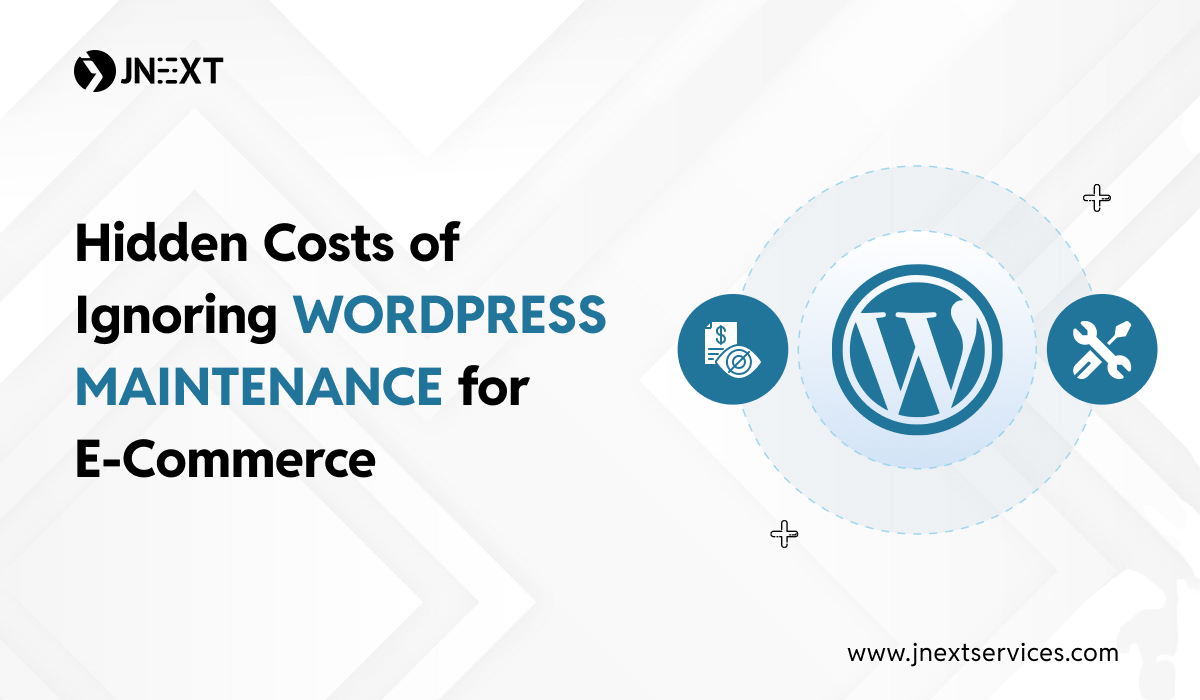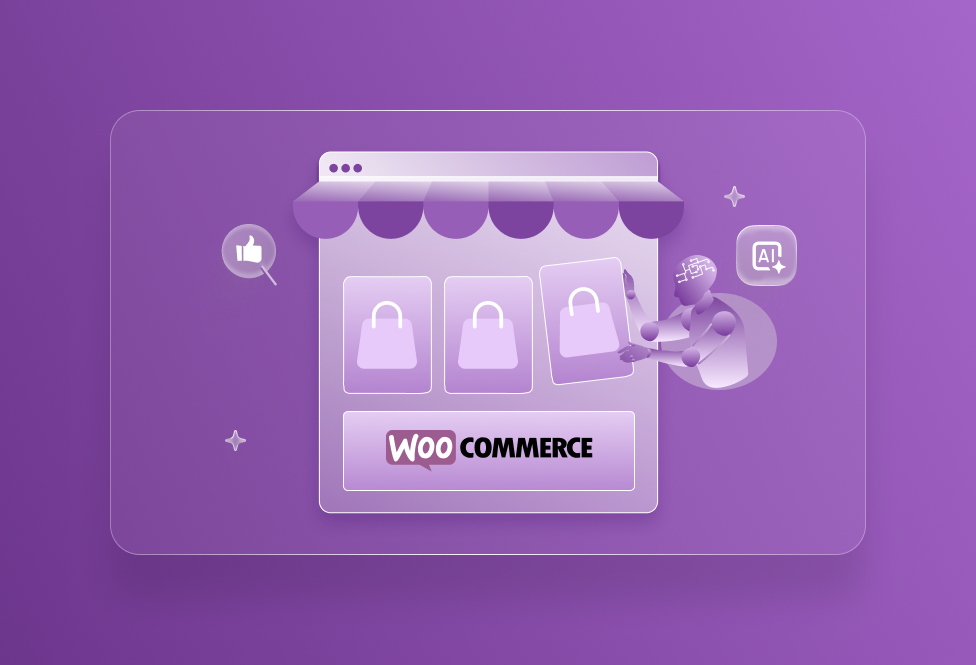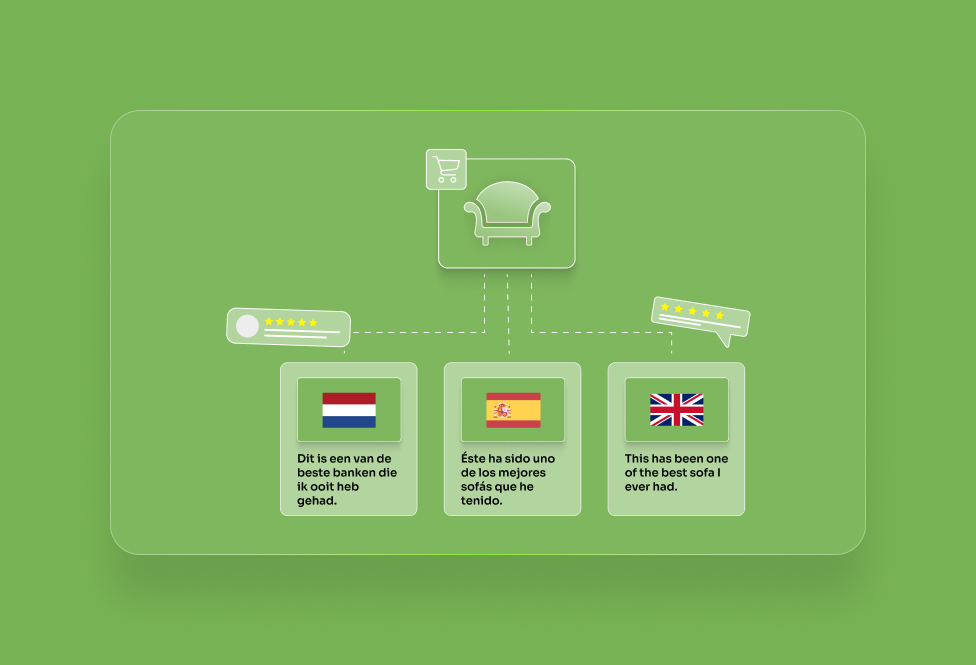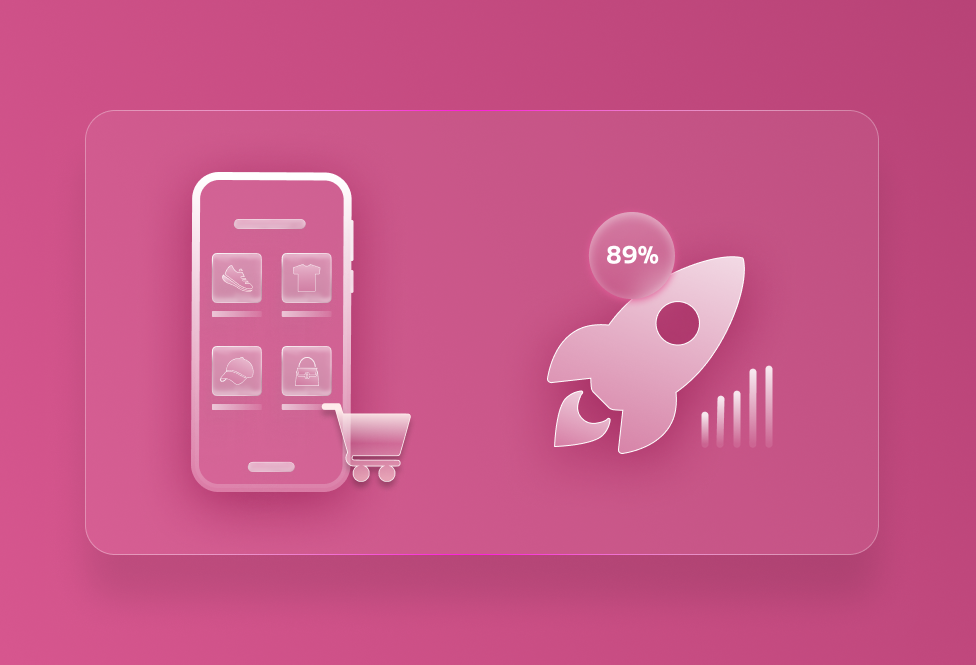Imagine your e-commerce website declining during a peak sales event, like Black Friday. The loss isn’t just in sales—it extends to damaged customer trust and potential long-term revenue loss. Yet, this scenario is all too common for e-commerce businesses that neglect regular WordPress maintenance.
Just like maintaining a physical storefront, regular upkeep of your website is essential. Failing to do so can lead to security breaches, performance issues, and lost revenue, all of which can quickly snowball into bigger problems.
Security Vulnerabilities and Cyber Threats
Ignoring website maintenance is similar to leaving your business unlocked after hours. When e-commerce websites aren’t updated, they become prime targets for cyberattacks. In fact, according to a 2023 report by Sucuri, 56% of hacked WordPress sites were running outdated software. Outdated plugins and themes are common entry points for hackers, leading to data breaches that can cripple e-commerce businesses.
Case Study:
Fashionista Hub, a mid-sized fashion retailer, should have updated a critical security plugin. Hackers breached their site, stealing data from 10,000 customers. The recovery process not only took two weeks, costing them in lost revenue, but they also faced $100,000 in legal fees. Regular updates could have prevented this disaster.
Solution:
Regularly updating WordPress, themes, and plugins is essential. Maintenance packages your e-commerce site is secured against the latest vulnerabilities.
Downtime and Revenue Loss
Every minute your site is down, you’re losing money. On average, an e-commerce site can lose $5,600 per minute of downtime (according to Gartner). For smaller businesses, a few hours of unplanned downtime can cause tens of thousands of dollars in lost revenue and potentially turn customers away for good.
Statistic:
70% of customers abandon their cart if the website is down during checkout, and 25% never return.
Case Study:
TechX Parts, a hardware e-commerce store, experienced an unmonitored server overload during Black Friday, resulting in three hours of downtime. They lost $50,000 in sales during the peak shopping period. Routine performance monitoring could have saved them from this costly downtime.
Solution:
Prevent unplanned downtime with routine performance checks, uptime monitoring, and proactive server maintenance offered in our WordPress maintenance and support packages.
Poor Website Performance and Slow Loading Times
Speed is everything in e-commerce. A Google study found that 53% of mobile users abandon a site if it takes longer than 3 seconds to load. Slow websites don’t just frustrate users—they hurt your conversion rates and SEO rankings, driving potential customers away.
Statistic:
Sites that load in under 2 seconds experience 2x higher conversion rates compared to sites that load in 5 seconds or more. Additionally, slow websites have 50% lower SEO rankings.
Case Study:
LuxuryWatchesOnline saw a 30% drop in organic traffic over six months due to slow load times, caused by outdated plugins and database clutter. After speed optimization and regular maintenance, they regained their SEO ranking and saw a 15% boost in sales.
Solution:
Regular caching, image optimization, and plugin management are key components of keeping your site fast and efficient.
Plugin and Theme Incompatibilities
WordPress plugins and themes regularly release updates to improve functionality and security. Failing to keep these components updated can result in compatibility issues, leading to broken features and a poor shopping experience for customers.
Statistic:
In a survey conducted by WP Engine, 40% of WordPress site owners experienced broken site functionalities due to incompatible plugins or themes after neglecting updates.
Case Study:
GlamourGems, an online jewelry store, experienced a complete failure of their checkout system after a major WordPress update. Their payment gateway plugin hadn’t been updated for compatibility, causing lost sales for two days. Routine maintenance would have prevented this issue.
Solution:
Keep plugins, themes, and the WordPress core updated to avoid any compatibility problems that might disrupt your e-commerce store’s functionality.
Rising Long-Term Maintenance Costs
Delaying regular maintenance doesn’t save you money—it increases your long-term costs. According to IBM, businesses can save up to 50% in repair costs by investing in routine maintenance instead of waiting for an emergency.
Case Study:
UrbanWear, an online retailer, faced a server crash that required a complete rebuild of their WordPress site. The emergency service costs $25,000—five times more than what regular maintenance over two years would have cost.
Solution:
Preventative maintenance saves money in the long run. Our services help you avoid costly emergencies by keeping your site running smoothly at all times.
Impact on User Experience (UX) and Customer Retention
User experience is at the heart of e-commerce success. Broken links, slow pages, and outdated features can frustrate customers and drive them to competitors. Research shows that 88% of online shoppers won’t return to a website after having a poor experience.
Statistic:
For every second of delay in page load time, conversion rates drop by 7%.
Case Study:
GlowSkincare saw a 20% decline in returning customers due to broken product links and unoptimized images. After a UX audit and regular maintenance, their customer retention improved by 25%.
Solution:
Our team ensures that your site is always user-friendly, helping you retain customers and maintain a professional brand image.
SEO Decline and Missed Traffic Opportunities (300-400 words)
Well-maintained websites are rewarded by search engines. Google prioritizes fast, secure, and regularly updated websites. HubSpot reports that businesses with optimized websites see 55% more traffic.
Statistic:
Neglecting SEO maintenance can lead to a 30% decline in organic traffic over a 6-month period due to slow performance, broken links, and poor mobile optimization.
Case Study:
HomeStyle Living, an e-commerce site for home goods, suffered a 35% drop in their Google rankings due to outdated mobile optimization. After implementing regular SEO and technical maintenance, their search rankings and traffic rebounded within three months.
HomeStyle Living suffered a 35% drop in Google rankings due to outdated mobile optimization. After implementing regular SEO maintenance, their rankings and traffic recovered within three months.
Solution:
Routine SEO audits and technical maintenance help keep your site aligned with Google’s ever-changing algorithm.
Legal Compliance and Accessibility
Accessibility is becoming a legal requirement in many countries, especially for e-commerce businesses. Neglecting website maintenance can result in non-compliance with regulations like GDPR and the Americans with Disabilities Act (ADA), leading to legal fines and lawsuits.
Statistic:
Businesses that fail to comply with accessibility standards have faced legal penalties of up to $50,000 per violation.
Case Study:
TheTechStore was sued for failing to meet ADA guidelines, with their site inaccessible to users with disabilities. After incurring legal fees and lost business, they implemented accessibility audits and regular updates to avoid future issues.
Solution:
Regular compliance checks and updates ensure your website meets the latest legal requirements and avoids costly penalties.
Common Misconceptions About WordPress Maintenance
Many e-commerce business owners still hold misconceptions about WordPress maintenance. Let’s debunk some of the most common myths:
- Myth #1: “If my site is running smoothly, I don’t need maintenance.”
Reality: Even if things seem fine, vulnerabilities can develop behind the scenes. Regular maintenance catches problems early, preventing costly downtime. - Myth #2: “I’ll update my site only when something breaks.”
Reality: Emergency fixes are expensive and reactive. By the time an issue arises, the damage—lost sales, security breaches—may already be done. - Myth #3: “Small businesses don’t need the same level of maintenance as large businesses.”
Reality: Cybercriminals often target small businesses assuming they have weaker security. Maintenance is essential for businesses of all sizes.
Final Thoughts
Investing in regular website maintenance is not just about fixing problems—it’s about preventing them and ensuring long-term success.


 October 23, 2024
October 23, 2024




TEAM id
jnext_services
email us [email protected]
india
+91 98587 63596
United Kingdom
+ 44 77679 57915